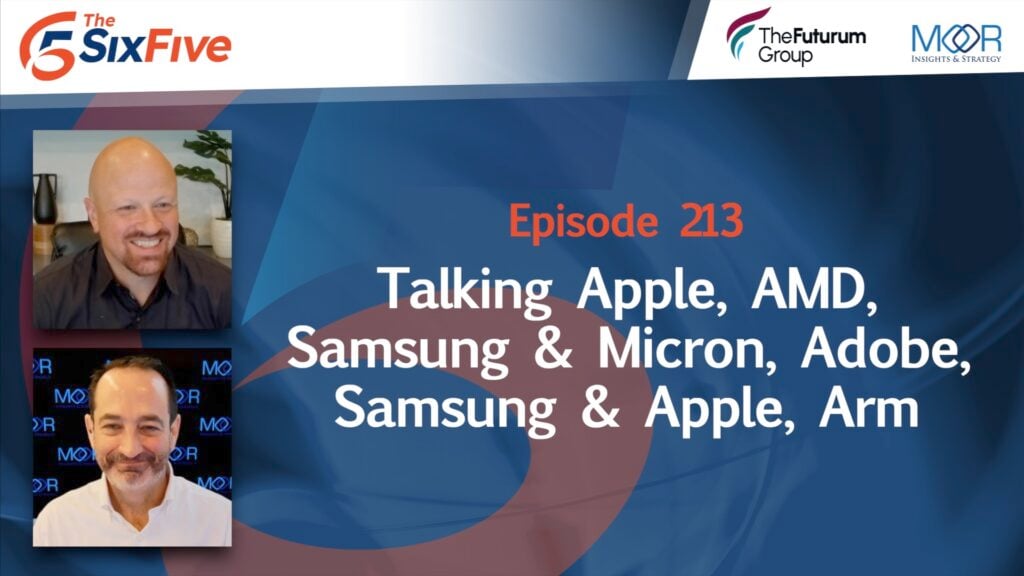A key driver of CX is the relative level of effort it takes to accomplish a task when interacting with a company or service provider. A customer effort score (CES) is a metric that focuses on a single touchpoint or interaction and can be used to identify and solve problems or obstacles that can cause customer frustration, resulting in a lower overall CX. The scale itself ranges from 1 (extremely difficult) to 7 (extremely easy) and is often measured via a post-interaction survey that is deployed through a QR code, email link, or text. The goal of most organizations is to remove any points of friction so that interactions and tasks can be handled with as little effort as possible.
However, making interactions as friction-free and effortless as possible can be particularly challenging in healthcare, specifically when it comes to patient-provider interactions, and patient-payer interactions. This is largely due to the nature of healthcare data, which can be highly personal and private, and is often protected by specific regulations, such as the Health Information Portability and Accountability Act (HIPAA) act.
A key point of frustration often plays out as follows: a patient is not feeling well and heads to the emergency walk-in clinic. The patient checks in and inputs some basic details into the kiosk about their condition or symptoms, and then waits to be called back to an exam room. They may also have had a conversation with the front desk receptionist, explaining why they came into the clinic.
Once the patient is called back, they usually need to explain their symptoms or issues to a nurse or medical technician. The information is once again captured and input into a system, and then the medical professional may do a cursory exam, capturing patient vitals. Finally, the doctor enters. At this point, the doctor will ask the patient to elaborate and provide more details, even though the patient has already gone through their symptoms or issues at least two or three times.
In any other industry, such as when a customer is speaking with a customer service agent for their telecom company, having to provide the same information repeatedly would likely be a sign the company’s software and procedures needed an overhaul. Today’s customers simply will not put up with having to repeat themselves over and over, just because they are speaking with a new person or system. So why is the patient care interaction different?
There are two primary reasons for the need for patients to continually repeat their symptoms when speaking with medical professionals, explains Colleen Newell, a registered nurse with the Hospital for Special Surgery in Uniondale, New York. First, most of the interactions occur in person, in real time, so it is unlikely that each subsequent professional that sees a patient will have the time to review any intake information prior to seeing the patient. “Most medical settings are busy, and each doctor only gets to review a chart or patient notes just before seeing the patient,” Newell says.
The second reason underpins the delivery of a good patient experience, even if it does not appear that way at the time. Medical ethics necessitates that, if possible, patients should tell the medical professional about their issue in their own words, which accomplishes several things. First, it eliminates any errors or misrepresentations that might occur due to the information being relayed on a second-hand basis between medical staffers. Second, it provides the patient with additional peace of mind and assurance that the medical professional is taking the time to not only listen to the patient, but also empathize with their condition or situation. Finally, many jurisdictions have mandatory reporting of instances of suspected domestic violence, child abuse, or child neglect, and ensuring that several medical professionals have had the opportunity to have direct conversations with patients about the nature of their condition can be useful in determining if such a situation has occurred. While some patients may find repeating information to be tedious, medical professionals can alleviate their concerns by explaining why patients need to provide information multiple times. They can also improve CX by instituting other basic processes that are likely to improve the patient experience, such as addressing patients personally, making and maintaining eye contact, and communicating clearly with patients so they know what to expect.
Author Information
Keith has over 25 years of experience in research, marketing, and consulting-based fields.
He has authored in-depth reports and market forecast studies covering artificial intelligence, biometrics, data analytics, robotics, high performance computing, and quantum computing, with a specific focus on the use of these technologies within large enterprise organizations and SMBs. He has also established strong working relationships with the international technology vendor community and is a frequent speaker at industry conferences and events.
In his career as a financial and technology journalist he has written for national and trade publications, including BusinessWeek, CNBC.com, Investment Dealers’ Digest, The Red Herring, The Communications of the ACM, and Mobile Computing & Communications, among others.
He is a member of the Association of Independent Information Professionals (AIIP).
Keith holds dual Bachelor of Arts degrees in Magazine Journalism and Sociology from Syracuse University.









